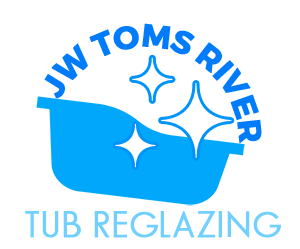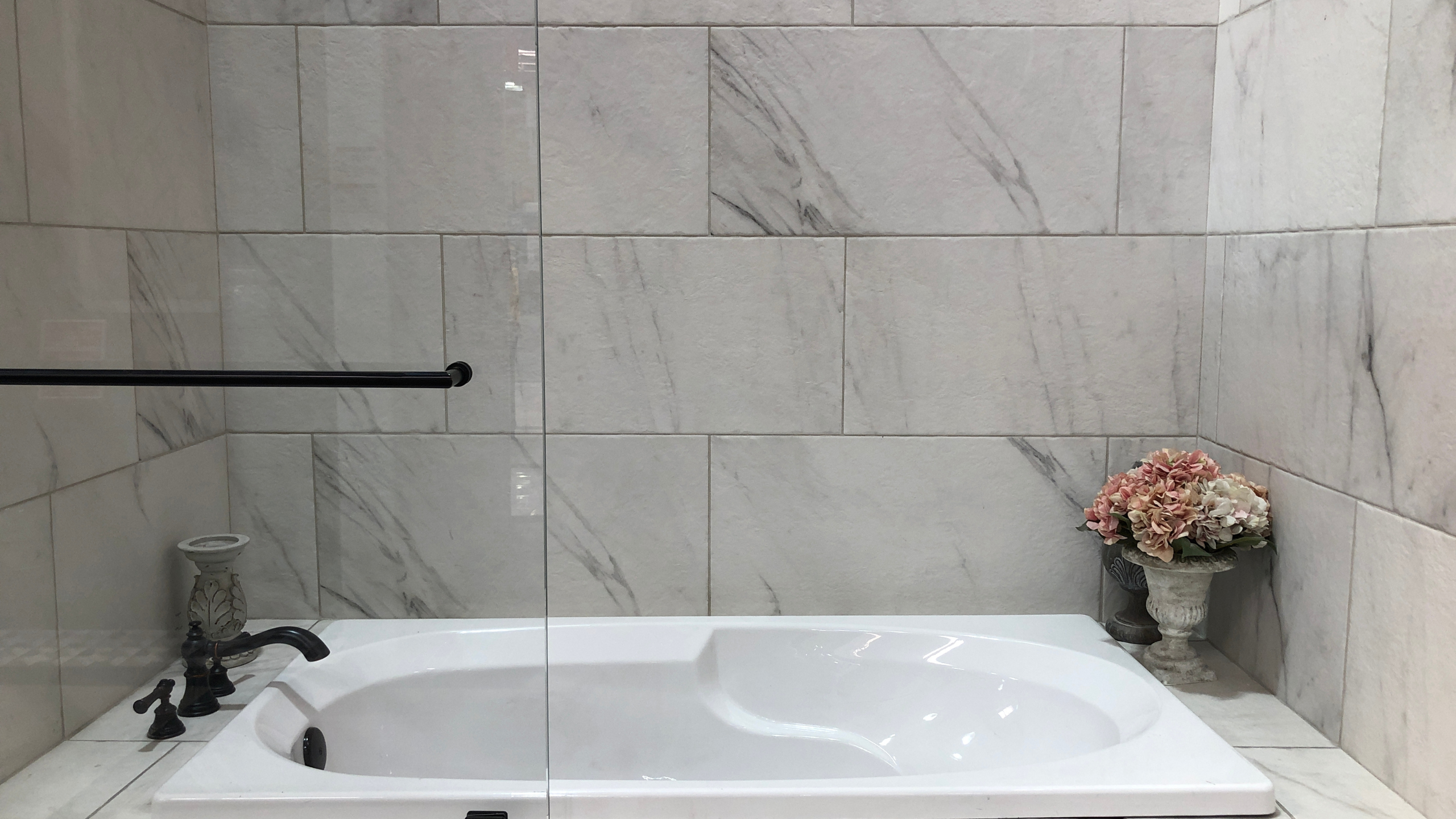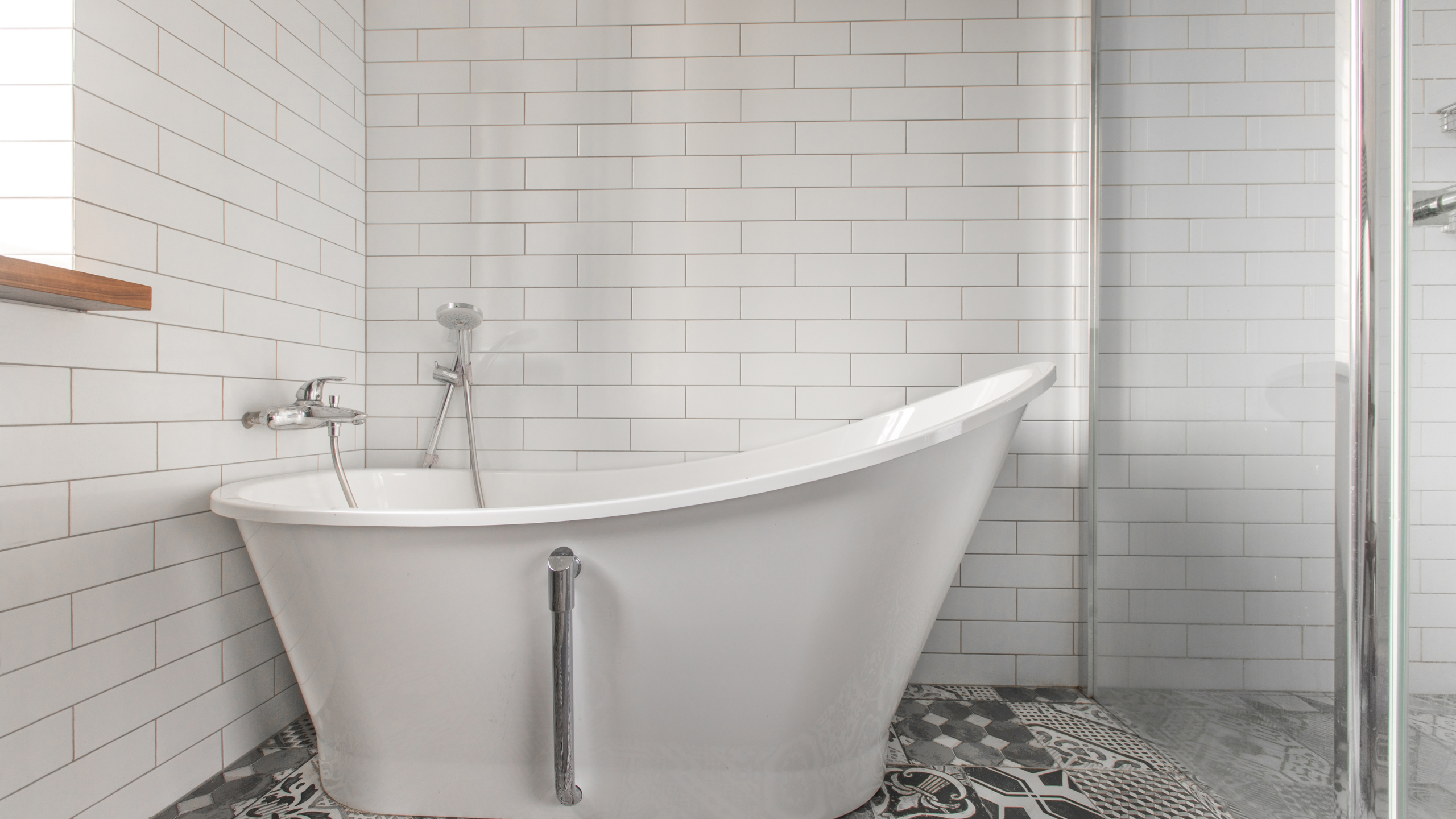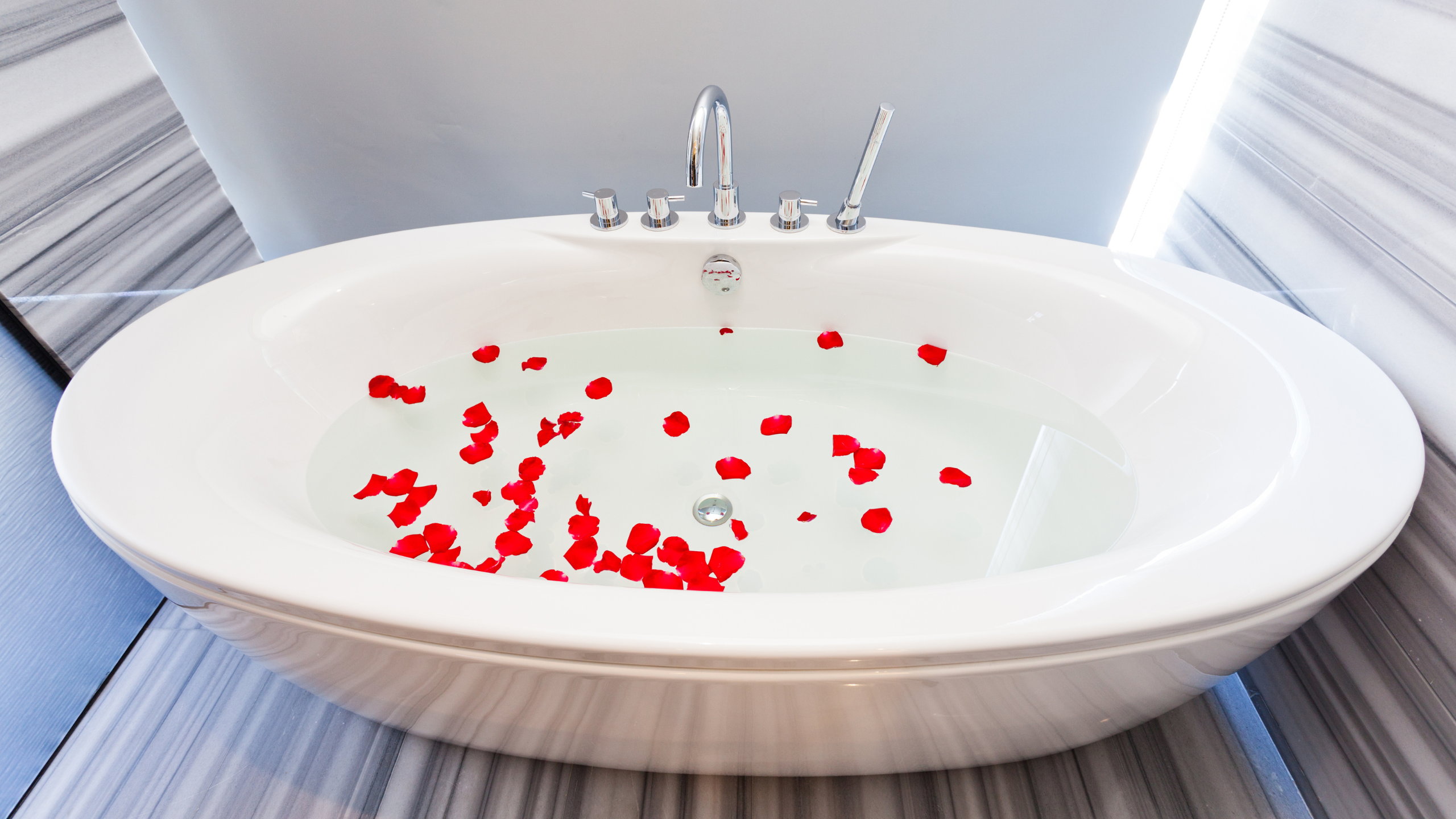Are you weary of gazing at your tired bathtub, yearning for a lavish spa-like indulgence? If so, it’s time to contemplate bathtub reglazing. This revitalizing procedure can rejuvenate your aging tub, imparting a renewed appearance and sensation without the substantial expense of a complete replacement. Within this thorough manual, we’ll delve into all aspects of bathtub reglazing, elucidating its process and helping you determine if it aligns with your needs and preferences. Is your Bathtub in need of a makeover? Toms River Tub Reglazing excels in Bathtub, tile regrouting, and reviving rusted or stained tiles to a gleaming, fresh state.
What Does Glazing a Tub Do?
Picture your bathtub as a blank canvas, with glazing acting as the rejuvenating brushstroke. Glazing involves applying a fresh coating to the tub’s surface, effectively concealing flaws such as chips, stains, and scratches while imparting a sleek, glossy finish that restores its original allure. Furthermore, this process can seal cracks and leaks, enhancing the longevity of your bathtub.
What is the Process of Bathtub Reglazing?
The bathtub reglazing process, which is referred to as refinishing or resurfacing, encompasses several meticulous steps to achieve a pristine outcome. Below is a fundamental outline of the procedure:
- Preparation: The bathtub requires extensive cleaning and stripping before commencing the reglazing process. This initial step is essential for eliminating accumulated grime, soap scum, and previous coatings, thereby establishing a pristine surface for the new finish to bond effectively. Specialized cleaners and abrasives are typically employed to achieve the highest level of cleanliness.
- Repair: After thorough cleaning and stripping, any chips, cracks, or other damages on the tub are meticulously repaired. This process restores the structural integrity and ensures a smooth surface for the new coating. Repair techniques may involve filling, sanding, or even fiberglass reinforcement, depending on the severity of the damage.
- Priming: After the tub is cleaned, stripped, and repaired, the next step involves applying a primer. This primer serves as a bonding agent, guaranteeing proper adhesion of the new coating to the tub’s surface. This phase is pivotal in achieving a durable and enduring finish. The primer selection may vary based on the tub’s material and the specific reglazing products.
- Application: Now, onto the thrilling stage—applying the new coating. Typically composed of epoxy or polyurethane, this coating is meticulously applied to the tub utilizing specialized equipment like spray guns or rollers. Achieving an even and uniform application demands precision and meticulous attention to detail. The thickness of the coating may fluctuate based based on the manufacturer’s instructions and the desired finish.
- Curing: After the new coating is applied, it requires sufficient time to cure and harden effectively. This curing period is critical for properly bonding to the tub’s surface and attaining optimal durability. The duration of curing may fluctuate depending on variables such as temperature, humidity, and the specific reglazing products employed. It’s essential to avoid using or disturbing the tub during this curing period to prevent any potential damage to the freshly applied coating.
- Finishing Touches: Following the coating’s curing, the last steps are taken to guarantee a flawless outcome. Any essential touch-ups or adjustments are done to rectify minor imperfections and ensure the tub’s pristine appearance. This could entail sanding, polishing, or buffing the surface to attain the desired sheen and smoothness, ultimately leaving the tub as good as new.
5 Ways to Decide Between Bathtub Reglazing and Bathtub Replacement
1. Cost: Reglazing a bathtub is often more economical than replacing it, making it an ideal option for individuals looking to save on costs.
2. Time: Reglazing can be accomplished in a fraction of the time required for bathtub replacement, significantly reducing disruption to your daily routine.
3. Condition of the Tub: Reglazing is likely the optimal solution if your bathtub exhibits minor cosmetic flaws or surface damage. However, replacement may be the necessary course of action if the tub suffers from severe damage or structural instability.
4. Aesthetic Preferences: Reglazing allows you to select from a range of colors and finishes, providing greater flexibility to tailor the appearance of your bathtub according to your preferences.
5. Longevity: While reglazing can prolong the lifespan of your bathtub by several years, replacement provides a more enduring solution. When making your decision, it’s essential to consider your long-term goals and budget carefully.
Conclusion
Bathtub reglazing is a cost-effective and efficient method of rejuvenating an aging tub. Whether you aim to revitalize your bathroom’s aesthetic or extend the lifespan of your bathtub, reglazing provides a convenient solution that saves both time and money. Don’t hesitate—transform your bathtub today and relish in a luxurious bathing experience for years to come.




